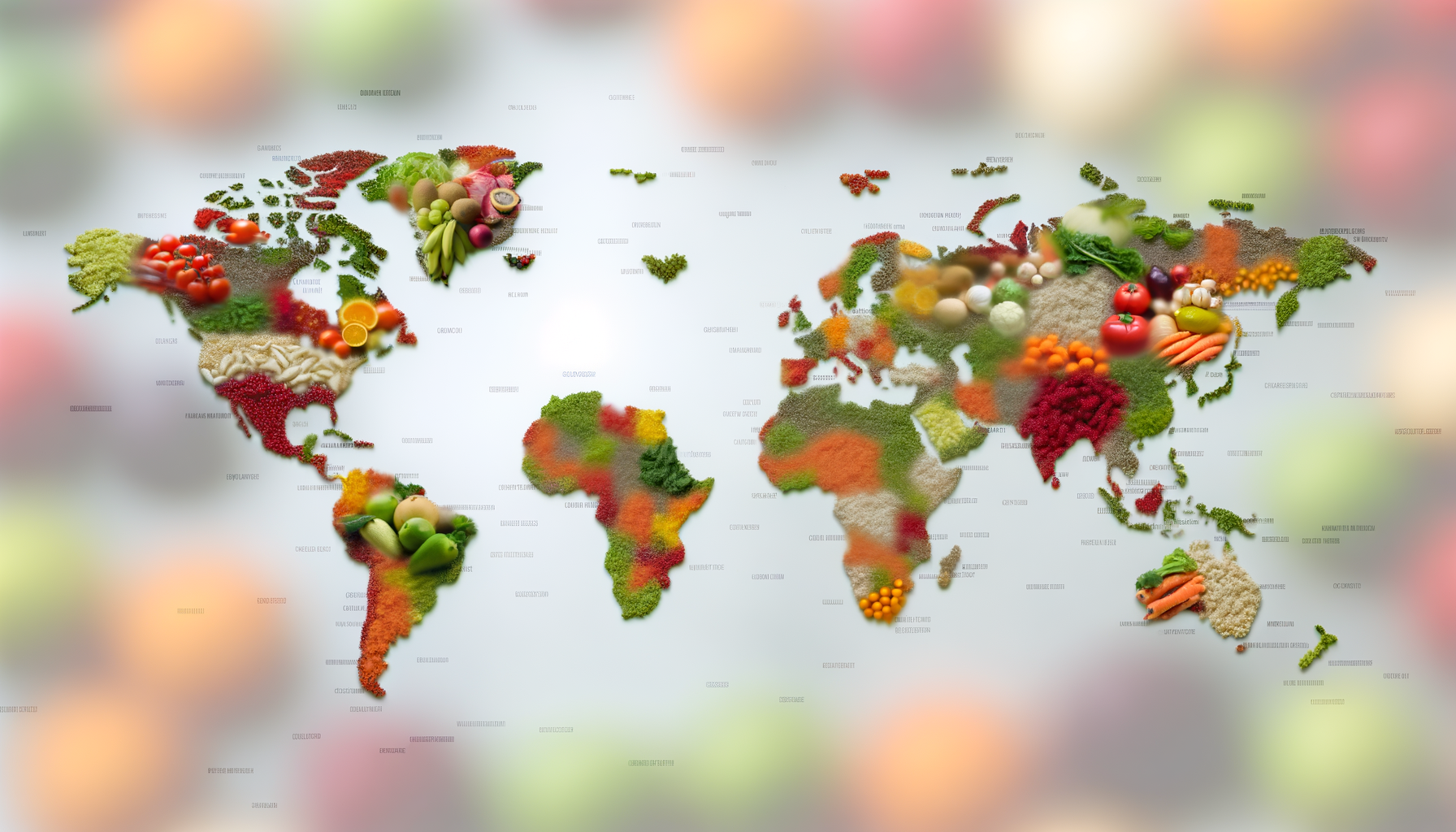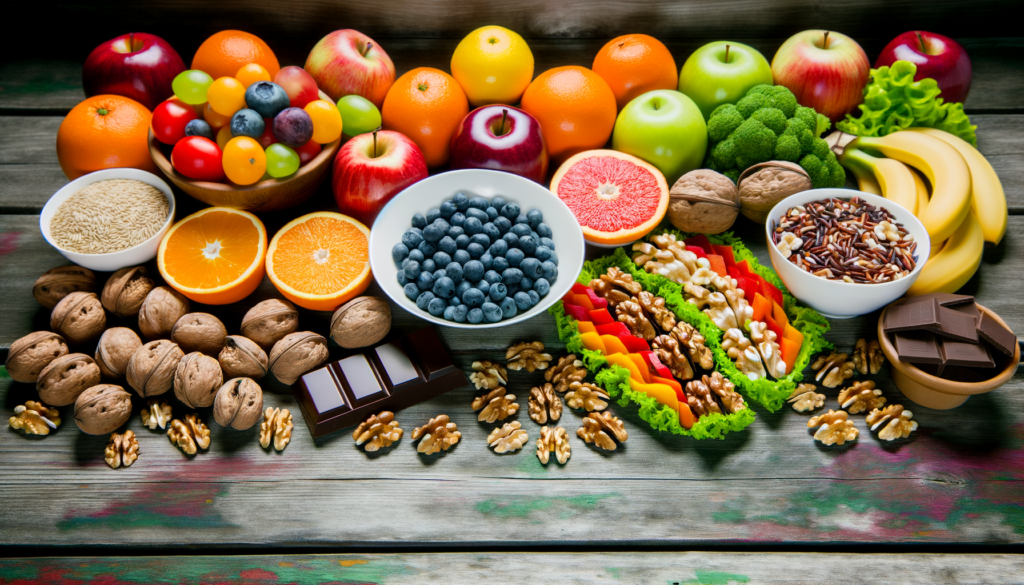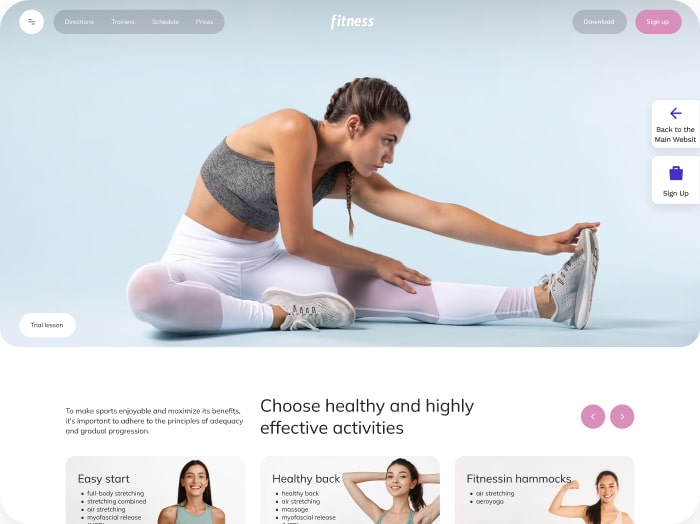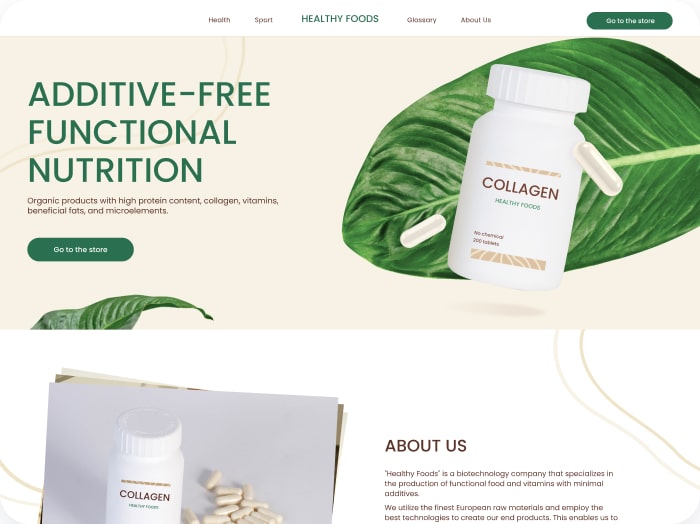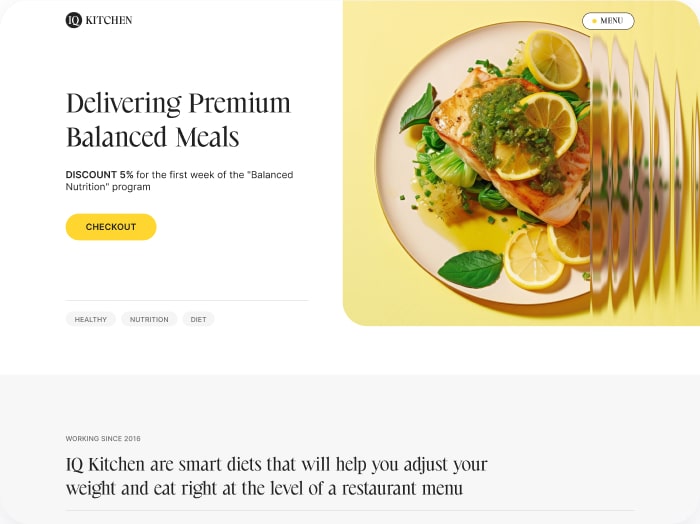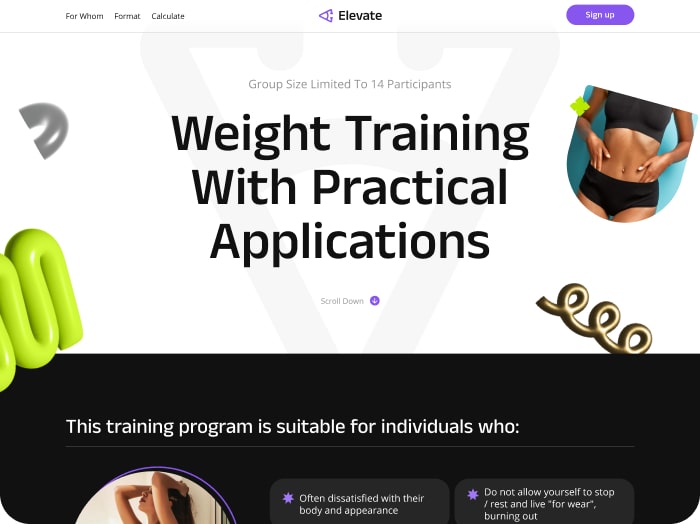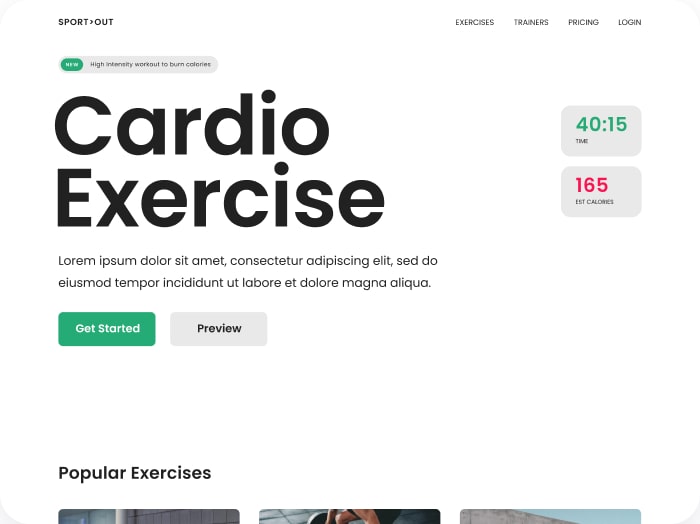Expanding Reach with Multilingual Nutrition Platforms
In an increasingly interconnected world, the importance of building a multilingual nutrition website cannot be overstated. Such platforms empower users worldwide by providing accessible diet tools and removing language barriers. A multilingual calorie calculator is a crucial feature for any global health tool aiming to foster inclusivity and support diverse audiences in achieving their nutritional goals.
For health and fitness professionals, integrating multilingual features into their websites maximizes impact by reaching non-English speakers or those more comfortable in their native languages. This approach aligns with the mission of inclusive diet tools, ensuring that language is no longer a hurdle to health awareness or calorie tracking.
Key Strategies for Implementing a Multilingual Nutrition Website
1. Thorough and Accurate Content Translation
Effective multilingual websites rely heavily on precise content translation. For nutrition websites, accuracy is paramount to avoid misinterpretation of dietary advice or calorie calculations. Options include:
- Hiring professional translators familiar with nutritional terminology to ensure cultural relevance and accuracy.
- Using neural machine translation services like Google Translate for quick deployment but always pairing it with human proofreading to address linguistic nuances.
For example, Wix highlights the importance of reviewing every text element on your site, from menus to blogs, and adapting date formats based on regional conventions to enhance user experience.
2. Utilizing Language Switchers and Localization
A visible and intuitive language switcher improves user engagement by allowing visitors to select their preferred language easily. Localization goes beyond translation — it adapts your website’s design, currency, measurement units, and cultural references.
One standout example is Edgard & Cooper, whose pet food site allows users to switch languages seamlessly and adjusts the free shipping thresholds based on local currencies and markets, fostering a tailored user experience.
3. Integrating Multilingual Nutrition Data Standards
Nutrition websites can leverage international frameworks like LanguaL™, which provides a language-independent classification system for food description. By using such systems, sites ensure consistent and accurate nutritional information across languages, supporting both backend data integrity and frontend user clarity.
Essential Features of an Accessible Nutrition Calculator
Personalization and Inclusivity
An accessible nutrition calculator should accommodate diverse dietary preferences, restrictions, and cultural habits. Multilingual support ensures that users everywhere can input and understand data in their native languages, making diet planning inclusive.
Real-Time Feedback and Mobile Compatibility
Modern users expect instant results from online tools. Your calorie calculator should deliver real-time calorie counts, macronutrient breakdowns, and daily recommendations. Additionally, mobile optimization is critical since many users access health tools on smartphones.
Integration with Health and Fitness Platforms
To maximize utility, nutrition calculators can integrate with fitness trackers and wellness apps. This interconnected ecosystem empowers users to monitor their calorie intake alongside physical activity, promoting holistic health awareness.
Real-World Applications and Case Studies
Calorie Calculator Cloud provides a shining example of a flexible, multilingual nutrition calculator plugin designed for easy integration into websites serving diverse populations. It supports multiple languages, enabling health coaches and fitness businesses to expand their global footprint without reinventing the wheel.
Other industry leaders, such as Orbit Media and BOWWE, emphasize user-friendly interfaces coupled with multilingual support to meet the needs of international health professionals. Implementing these features has been shown to improve visitor retention and user satisfaction significantly.
Challenges and How to Overcome Them
Building a multilingual nutrition website does come with challenges:
- Consistency: Ensuring the calorie calculator outputs remain consistent across languages requires rigorous testing.
- Cultural Sensitivities: Nutritional advice may need adaptation to respect dietary customs and regulations in various regions.
- Cost and Maintenance: Professional translation and regular content updates require investment but are crucial for credibility.
These obstacles can be managed by deploying modular technology like Calorie Calculator Cloud, offering scalable multilingual plans that reduce development overhead while maintaining high standards.
Conclusion: Making Nutrition Knowledge Universal
Developing a multilingual nutrition website is an essential step toward democratizing health information and tools globally. By investing in accessible nutrition calculators, removing language barriers, and embracing cultural diversity, health professionals and fitness businesses can create inclusive digital spaces that empower users worldwide.
Explore Calorie Calculator Plans today to discover how you can integrate a powerful, multilingual calorie calculator into your site and help your audience make informed, healthier choices — no matter where they are or what language they speak.
